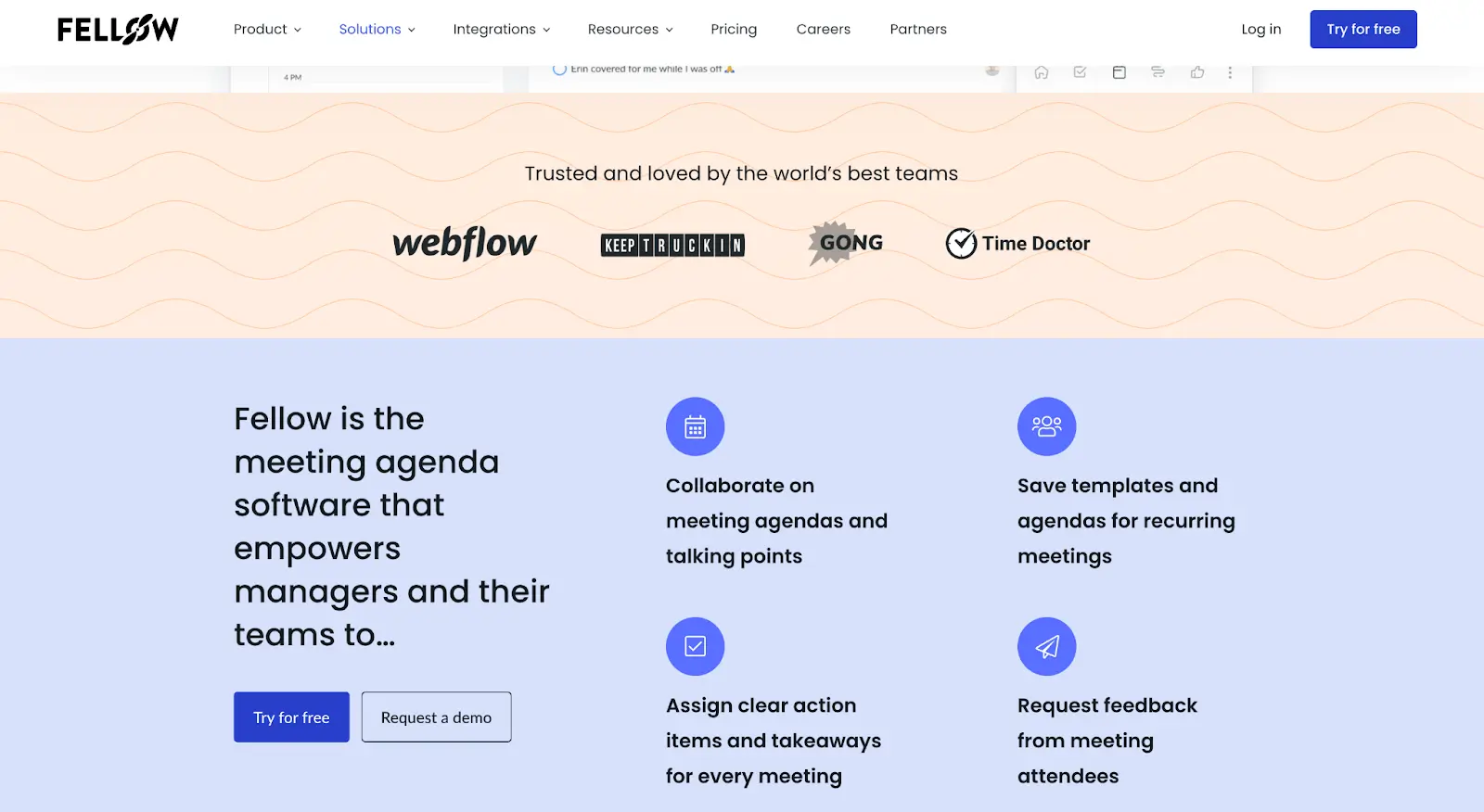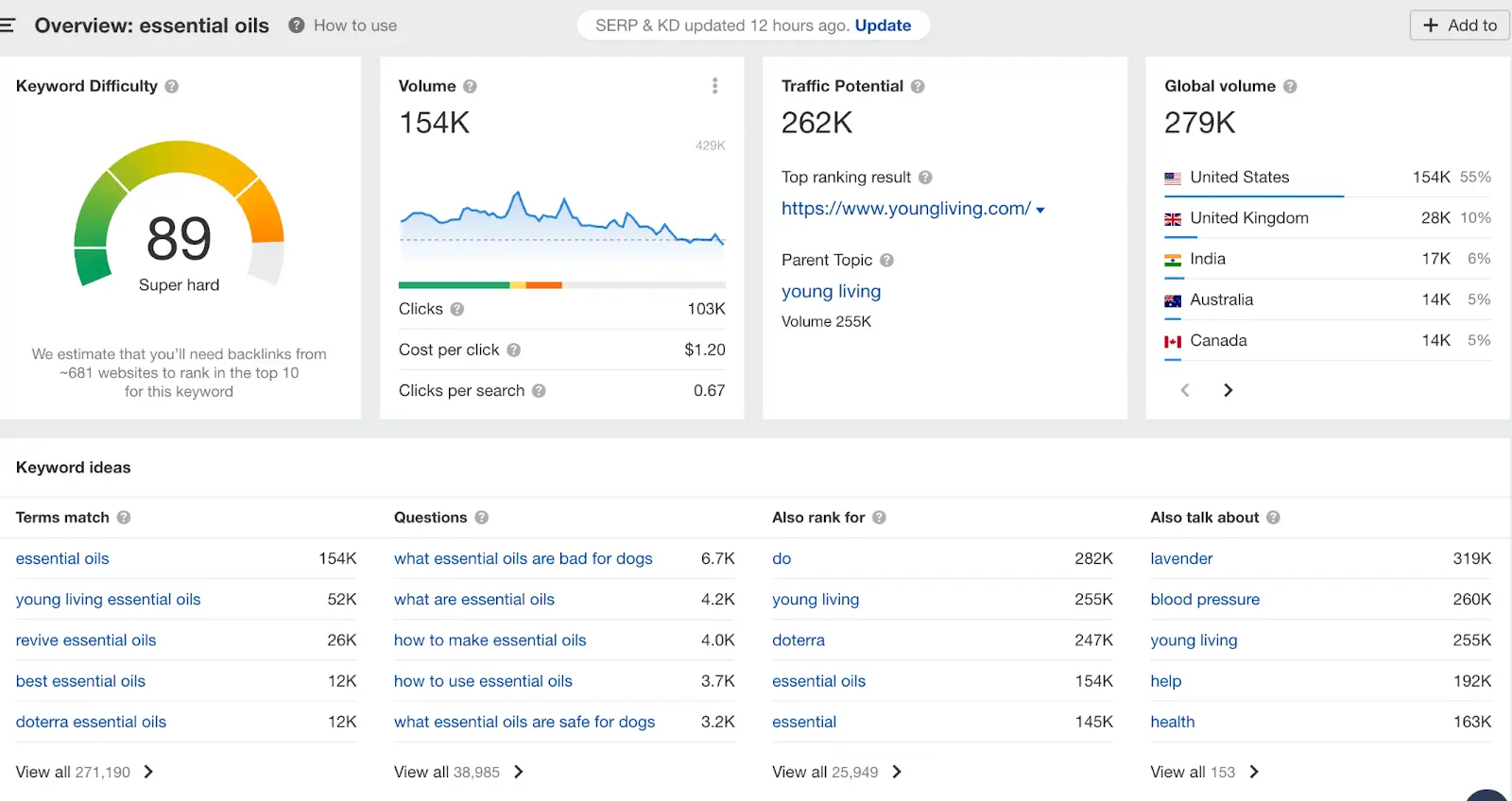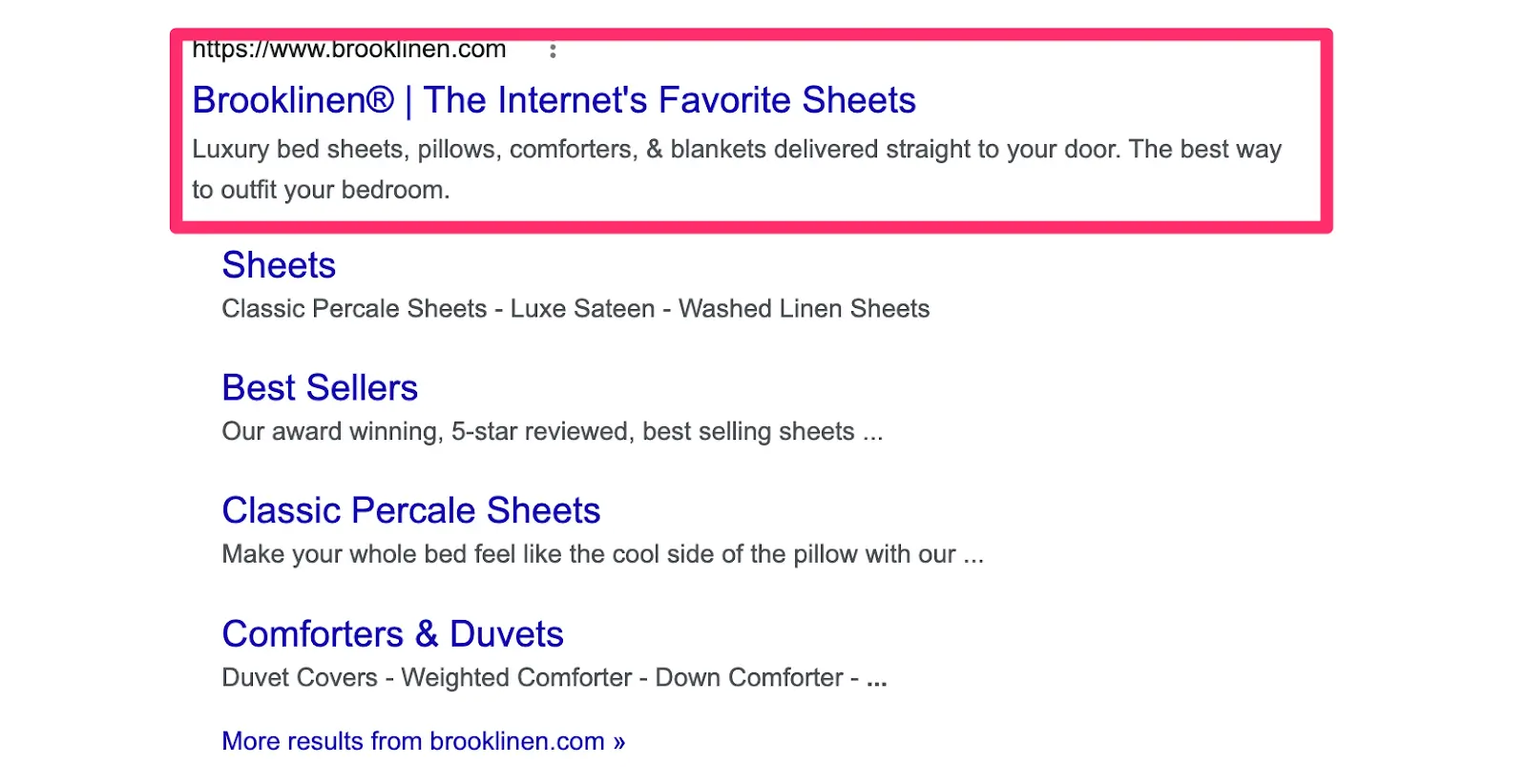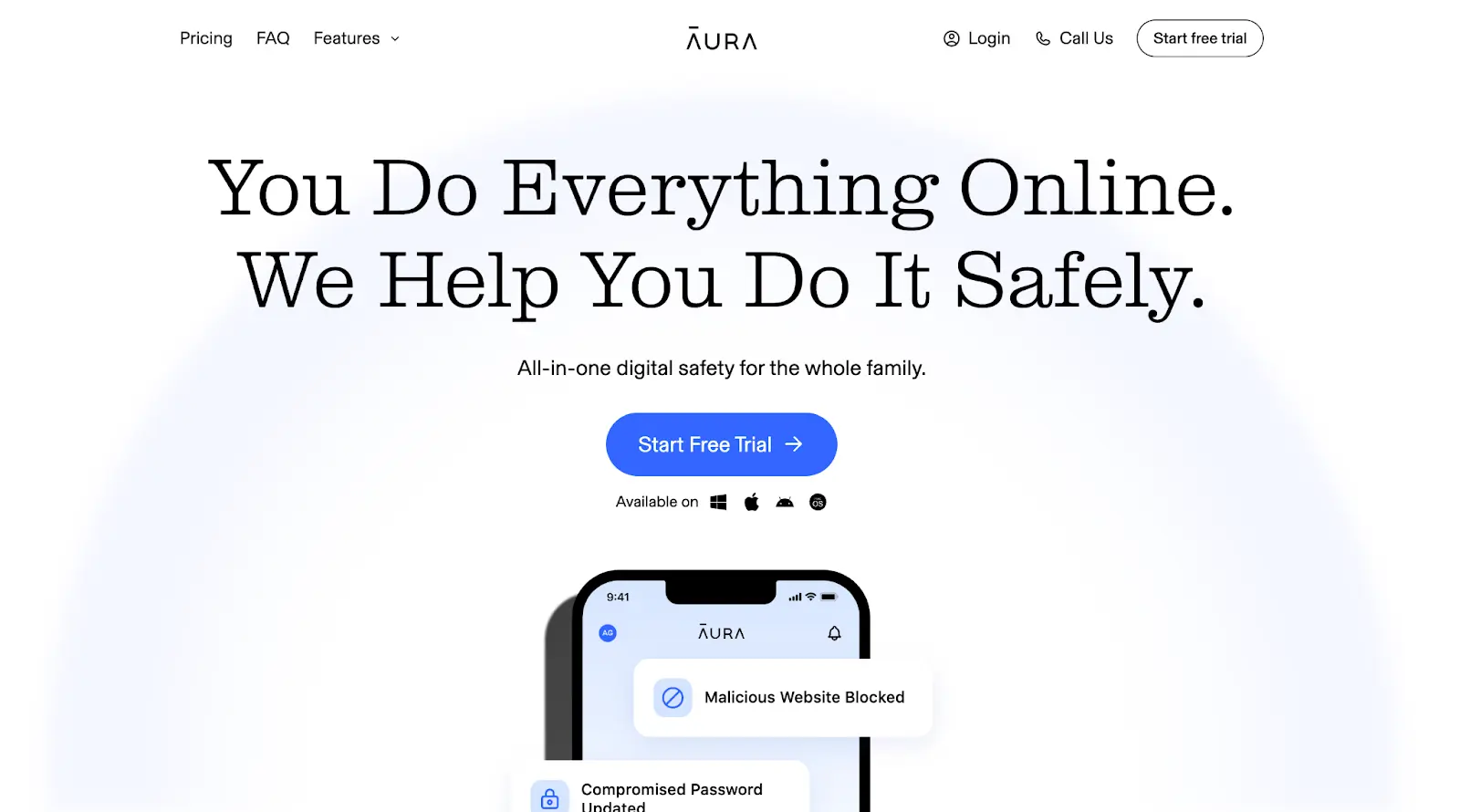Copywriting is an essential part of content marketing, but a new phrase gaining popularity is SEO copywriting. So, what is SEO copywriting? How does it differ from copywriting and content writing? If you’re a new SEO copywriter looking to improve your skills, you’ll enjoy reading the tips in this guide.
To skip ahead to any section, use the clickable menu:
- What is SEO copywriting?
- What are the different types of SEO copywriting?
- Five tips to improve your SEO copywriting skills
- How do you measure success?
- Summary
1. What is SEO copywriting?
To understand what SEO copywriting means, let’s look at the two elements of the phrase. First, SEO stands for search engine optimization, a set of best practices for setting up websites to be crawled and ranked by search engines.
Copywriting refers to writing short-form text to promote, advertise, or sell goods and services online. Unlike content writing (such as in blog posts), which serves to educate readers, copywriting is shorter text geared toward inspiring readers to take a specific action—such as buying a product, joining an email list, or visiting a website.
SEO copywriting is the combination of copywriting and search engine optimization. It means optimizing web or advertising copy to increase the potential for search engine rankings. SEO copywriters need to balance the art of writing compelling copy with implementing on-page SEO best practices to increase a site’s chances of ranking for certain keywords.
Related reading: What does a copywriter do?
2. What are the different types of SEO copywriting?
SEO copywriting comes in different forms. As mentioned, its key identifier is shorter text with the aim of selling. Here are some of the most commonly seen types of SEO copywriting:
Landing pages
A landing page is a website page designed for a specific marketing purpose or campaign. For example, a company can build a landing page to collect email addresses for their newsletter. They may or may not offer an incentive for the sign-up, but the only action button on that site would be the “sign up” call-to-action.
This Mailchimp landing page only calls visitors to one action: sign up to our product. If you visit Mailchimp’s homepage, you’ll see the difference (the latter features more links to other pages, not just a signup call-to-action).

All the copy on this page is designed to convert you to a subscriber. Mailchimp highlights its top features, answers frequently asked questions, and includes three CTA buttons throughout the page—all in short, snappy text.
Ad copy
Ads were the original results of traditional copywriting. But today, most digital marketing professionals don’t write copy for billboards or physical products. Rather, they work in the world of digital ads writing copy for Facebook ads, Instagram ads, and pay-per-click (PPC) ads.

For example, for Shopify’s PPC ad, the copy focuses on directing search engine users to a specific landing page. SEO copywriters infuse keywords (“eCommerce platform for all businesses,” for example) while crafting enticing copy to convince potential visitors to click.
Sales pages
Sales pages are landing pages with the sole goal of selling products or service. While some landing pages may be geared toward getting email newsletter signups, sales pages are always designed to convert site visitors to buyers.

Like this example on Fellow, sales pages should include your product’s main features, its benefits to users, differentiating factors, and testimonials to build trust in your product.
Website copy
SEO copywriting also includes web copy, that is: all the text on your site that isn’t blog posts. This includes the website copy on your About page and Services page. Your 404 error page is also an example of copywriting, although not necessarily SEO copywriting.
Product descriptions
Writing product descriptions is more than adding fluffy words to make a product more appealing. The best product descriptions also target search engine queries by including a few keywords searchers are likely to include in their queries.
3. Five tips to improve your SEO copywriting skills
Now that we’re clear about what SEO copywriting is, we have some practical tips to help you take your skills up a notch. SEO copywriting can help your business drive traffic through search engines, win over potential customers, and increase conversions by persuading customers to purchase. Try these five tips to improve your skills:
Perform thorough keyword research
Search engine optimization (SEO) is a major part of SEO copywriting—but you can only optimize for search engines if you know which keywords your audience is searching. Keyword research is one way to figure this out.
The keywords you research will vary depending on your business or industry. For example, if you sell organic essential oils, you’re looking for people who either use them or are curious about them. By using a keyword research tool like Ahrefs, Uber Suggests, Semrush, or Answer the Public, you can dig deeper to see what your target audience is looking for on search engines. Here’s an example using Ahrefs.
I searched for “essential oils” (a super broad keyword search), and these were the findings.

This shows you the most searched-for related phrases, which you can then work into your landing page, ad copy, or product description. Of course, this is barely scratching the surface. You’ll also need to look for industry keywords that are less saturated and easier to rank for if you want to increase your chances of ranking higher than your competition.
Keyword research is just the start. Talking to customers, your sales or customer service team, and other customer-facing teams will also clue you into the needs your product or service fills for customers. These terms also make for excellent keywords to target. The main goal with keyword research is to match search intent, so you’re providing customers with products that match their needs—and are described accordingly.
Optimize your headings and meta descriptions
With your desired keywords in mind, it’s time to optimize your copy by inserting the keywords naturally. Say, for example, you’re building a landing page for your essential oils company (let’s call it “Breathe Deeply”). Instead of just using the heading “Breathe Deeply,” a keyword-optimized title would be “Breathe Deeply Essential Oils.” You could even add a subheading with a secondary keyword your audience also searches for.

Notice how Brooklinen, a bedding company, targets the keyword “sheets” in a natural, catchy phrase: “The Internet’s Favorite Sheets.”
The same principle applies to the meta description, which is the short descriptive text most search engines show under the title on the search engine results pages. As you craft your meta description, include more relevant keywords in the persuasive text so as readers skim the search engine results, they can identify your site as their first choice to answer their question or provide the product they need.
Brooklinen also does this. Notice how they include the range of linen available on their website. This way, anyone searching for “best sheets and pillows” is likely to see them on their search engine results.
Use the inverted pyramid principle
The idea of the inverted pyramid is to front-load your copy by placing the key information upfront, and gradually lowering the density as the customer reads further. This lets you hook readers with a captivating lead and convince them that your product or service is the right fit before they bounce.
Chatty’s homepage is a brilliant example of using the inverted pyramid well. Notice how the headline and initial copy encompass what the service is about. Anyone looking for an editing service is sure to be hooked right away.

The inverted pyramid makes way for the next impactful part of your SEO copywriting: the call to action (CTA).
Make your CTAs effective
Copy is useless if after trumpeting your product or service, there’s no option for readers to take action. This is where the call-to-action (CTA) comes in. Effective CTAs must be:
- Clear: Clear always trumps clever, especially with accessibility in mind. Not every website user has full vision, so vague CTAs like “I’m in” might sound clever, but may not be descriptive enough for some users. Choose something like “start your free trial” instead, which highlights the benefit users will get from signing up.
- Well-placed: Place your CTAs at page breaks, after highlighting winning features or explaining the benefits of your offer to your audience. That way, users are primed to try your offer.
- Repeated (but not too often): Don’t just use one CTA. You can place up to three on a page. One after the initial introduction to your product, another after your feature listing, and the third after sharing client testimonials. You never know when your audience will feel ready to commit.

Cybersecurity technology company Aura follows these principles excellently in their copy. Notice that the button states clearly what users can expect, complete with an arrow!
Harness the power of linking
Internal linking does wonders for SEO by helping Google understand how your site’s content is related to each other. It’s crucial for both copywriting and content writing.
As you create landing pages, sales pages, and other copy, find opportunities to connect pages with related content. For example, you can link your sales page to feature pages so interested customers can gain more in-depth knowledge of your product’s features. Be sure to link only truly related content. This way, your audience is more likely to click on links to related pages.
If you’re interested in having a more hands-on approach to SEO without breaking the bank, check out our list of free SEO training options.
4. How do you measure success?
After all your hard work following SEO best practices and writing the most compelling copy possible, how do you measure success? Well, it depends on what your objectives are. For most businesses, copywriting has one purpose: selling. If that’s your goal, there are a few key performance metrics to watch out for as you evaluate the impact of your copywriting.
Rankings
One of the first (and easiest) ways to see how well your SEO copywriting is working is through search engine result page (SERP) rankings. Ranking in the top 10 results for your desired keyword—while a result of many efforts, including on-page and off-page SEO—can indicate that your SEO copywriting is hitting the right notes.
Clickthrough rate
Your clickthrough rate is the percentage of searchers who click on your site when it pops up on a search engine result page.
Once your website starts to rank highly, the next test of your copywriting skills is how many people click through to view your site’s content. Often this is highly influenced by your site’s meta description, and how it compares to those of other high-ranking sites in the search results. Offering a free trial, promo code, or shining a light on your unique selling point in your meta description can convince visitors that your product is worth viewing or buying.
Of course (depending on their location in the buyer’s journey) they may or may not have encountered your brand in the past before, which can also influence whether or not they choose to click.
Brand awareness
If most of your copy is geared toward increasing brand awareness, this might be a harder metric to evaluate. A good way to “measure” this qualitative metric is to keep track of your brand’s mentions on social media. You can set up tracking using tools like Brandwatch and set up automation to notify you of new brand mentions. A spike in brand mentions may indicate that your business is gaining traction.
Conversions
In marketing, a conversion results when a site visitor goes from passively perusing to actively interested in purchasing or taking the desired action. If a potential customer visits your site and buys a product or signs up for your newsletter, they go from being a potential lead to a lead or customer. This is one of the major goals of SEO copywriting, and the most valuable metric for most businesses.
Tracking how many site visitors become customers is one way to measure the efficacy of your copywriting. You can also track the efficiency of ad copy by monitoring how many customers land on your site via PPC ads on search engines. Most ad links have trackable links that make it easier to monitor their impact.
5. Summary
SEO copywriting is a wonderful way to merge strong SEO skills with powerful copywriting prowess. It can supercharge your ad copy, website copy, and product descriptions to improve rankings, raise your clickthrough rate, and, ultimately, drive conversions. Use these five key tips to make SEO copywriting work for you:
- Learn how to do keyword research in order to understand what your audience needs solutions for
- Optimize your copy to match the keywords and search intent
- Front-load your copy using the inverted pyramid principles
- Use CTAs that are accessible, clear, and repeated throughout the page for maximum impact
- Link your web pages to give users a chance to learn more about your products and services
Now, you’re ready to start SEO copywriting! Want to learn more about a career in SEO? Take our free, 5-day short course, or read these articles:
